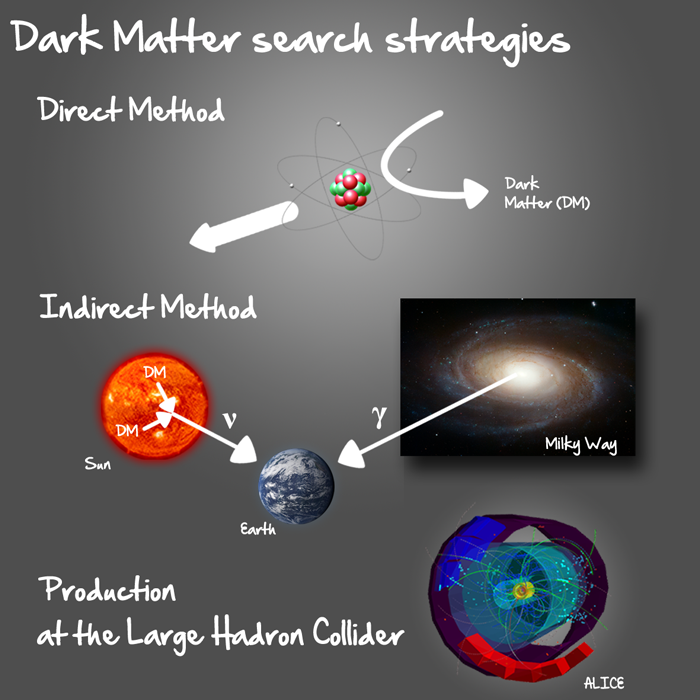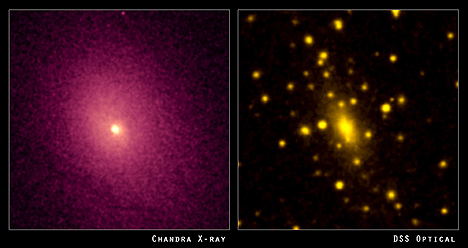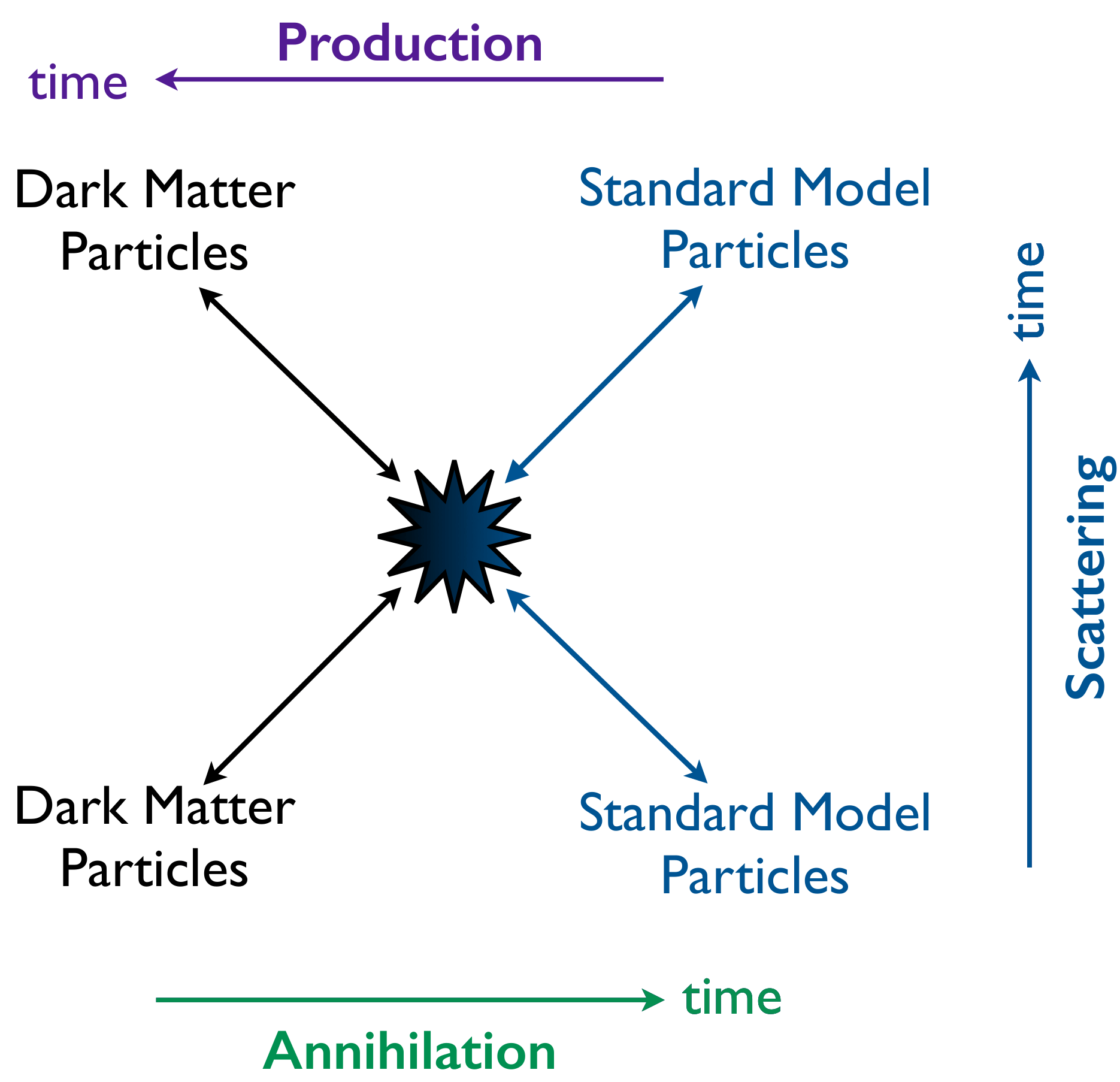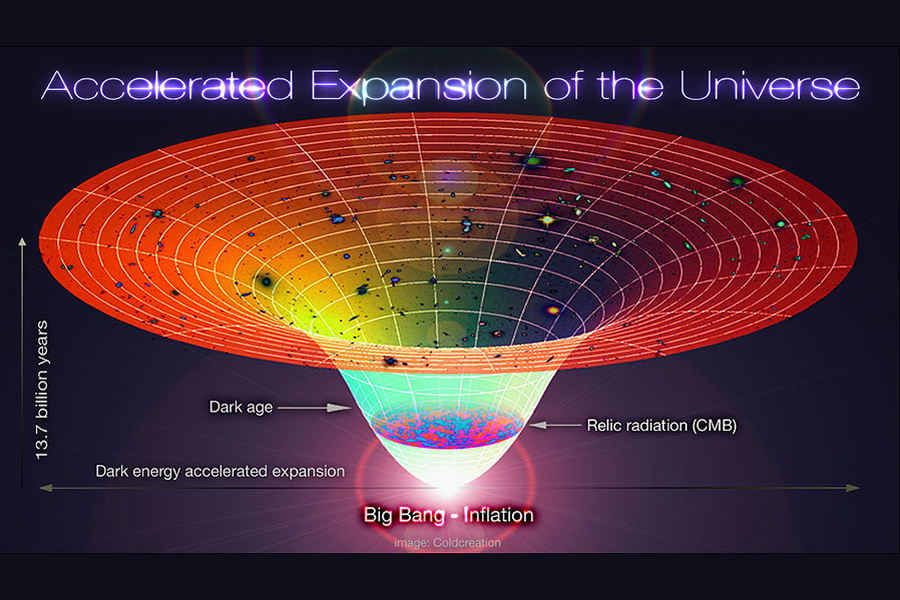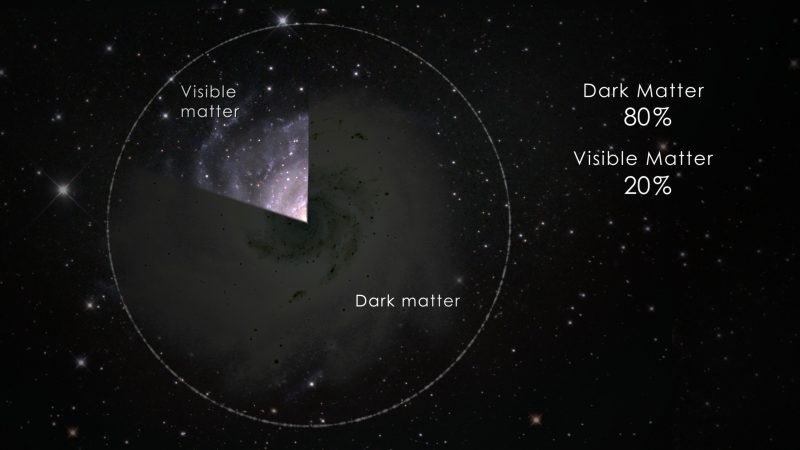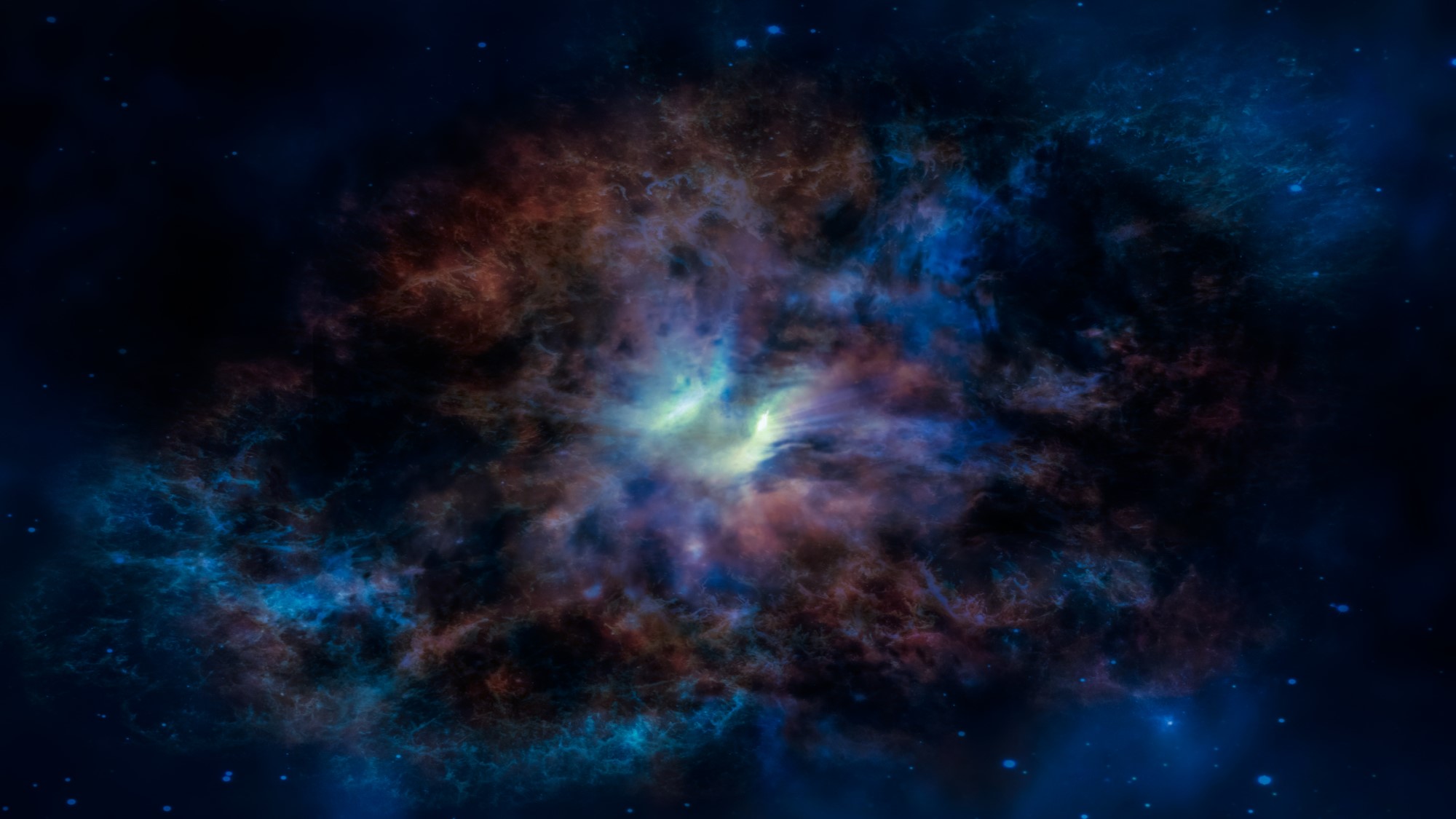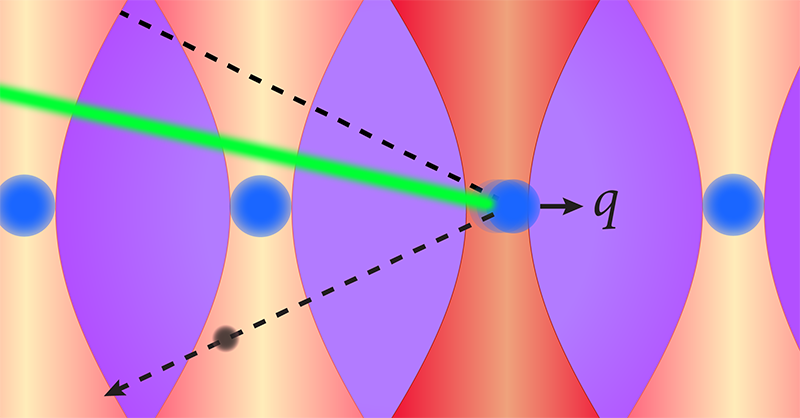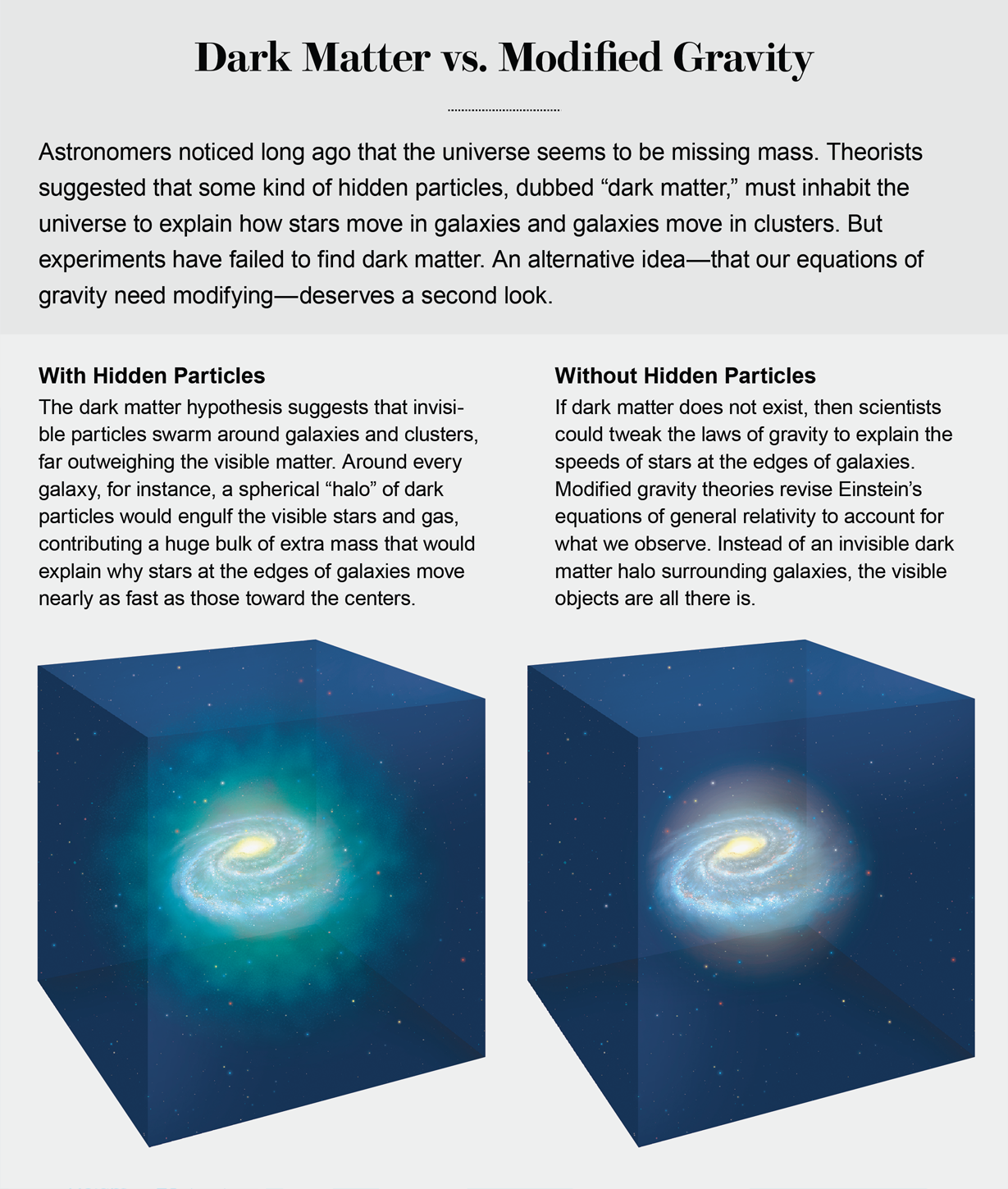Beautiful Work Info About How To Detect Dark Matter

Slam matter together and produce dark matter.
How to detect dark matter. The axion dark matter experiment (admx) at the university of washington uses a resonant cavity immersed in a superconducting (sc) magnet to detect the weak conversion of. By subtracting the mass of the stars that we know to exist, including the brown dwarfs we can no longer see, and the dust that pervades the galaxy and the black hole at the center; The idea is that a dark matter particle has come along, hit the nucleus and caused it to zip off.” this basic concept has been put into practice in various experiments all around the world.
Detecting dark matter evidence from the depths of the universe has ruled out a number of models for what the mysterious dark matter might be, but one candidate that fits so far is the lightest. Forget finding a needle in a haystack. If this occurs, the nucleus would give off just a little bit of.
Experiments at the large hadron collider (lhc) may provide more direct clues about dark matter. Nevertheless, 68% of the universe is dark energy, while 27% is dark matter, and. How to find dark matter.
Many theories say the dark matter particles would be light enough to be produced at the lhc. Scientists hunting for dark matter are faced with the task of detecting a substance made of an unknown material that m. Although astronomers cannot see dark matter, they can detect its presence indirectly by measuring how its gravity affects stars and galaxies.
We can’t see dark matter or dark energy except through how they pull and push on everything around them. To successfully complete this assessment, you will need to know about the following: We've never been able to directly detect dark matter in any form, but we know it exists through its effects on the universe, especially through the orbital velocities of stars and gravitational.

